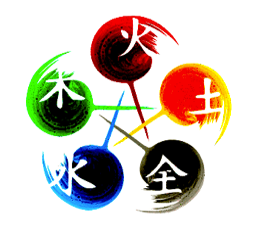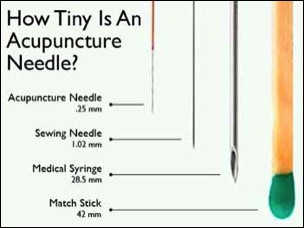
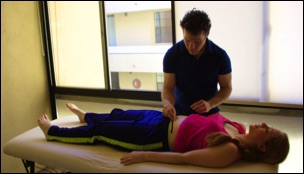
From the Chinese persepective, the general acupuncture is explained as a system of placing thin, sterile, needles into strategic points on the body which regulate a patient’s “Chi” or life force energy. This in turn creates a therapeutic effect to reduce pain, emotional stress, and the symptoms of a myriad of disease processes. The pathways along which Chi flows are often likened to rivers and streams. Stimulating the appropriate acupuncture points regulates that flow to create a therapeutic effect.
How does Acupuncture Work from a Western Perspective? Without discounting the traditional Chinese medical view of how the body works, let’s translate some of the phenomenon into Western physiological terms. Acupuncture stimulates neural pathways. If we compare a Western chart of the organs and enervating spinal nerves (left) with the Chinese “back shu points” (right), we see a great deal of overlap in terms of location. The back shu points have a major influence on organ function.
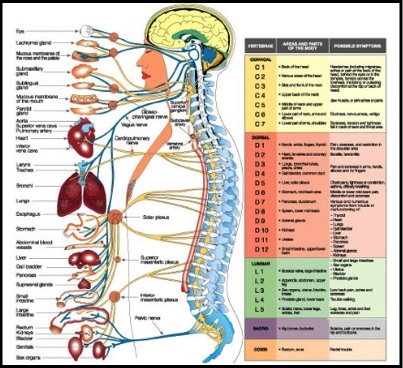
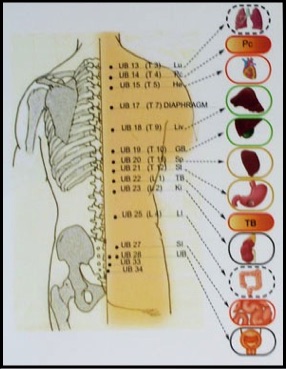
But even if that’s true, how can a needle lightly inserted in the skin stimulate a nerve deeper in the body? Hilton’s Law states that nerves at the superficial level of a joint penetrate deeper into the joint itself; some of acupuncture’s most potent points are located at joints.
There is the Gate Theory which is based on the observation that the A-nerve fibers (which are stimulated by acupuncture needles) send a faster signal to the brain than the C-nerve fibers causing the pain. Consequently, the stimulated A-fibers block the C-fiber’s pain signal.
There is also substantial evidence to support the claim that acupuncture causes a release of endogenous opioids, which function like the body’s natural pain killers. This may help explain acupuncture’s effectiveness in relieving both physical pain and depression. In fact, the National Institute of Health published a study in 2016 showing that acupuncture is more effective in alleviating pain than morphine.
www.ncbi.nlm.gov/pubmed/27475042
High densities of nerves in hands, feet, ears and scalp help explain why these “micro systems” of acupuncture have such a strong effect on the body.
Complicated, isn’t it? Hey, you asked. And there are over a dozen additional theories which help to explain why acupuncture works. The point here is that acupuncture is actually a very physiologically based medicine. The ancient Chinese didn’t have the understanding of physiology or anatomy at their disposal as we do today. Nevertheless, they somehow developed a therapy that can precisely manipulate the neurological system to help heal the body.
What is Moxa and How is it Applied?
Moxa is an herb (mugwort) which is lit and then burned similar to incense. The heat is used to provide a penetrating type of warmth that in Chinese medicine, tonifies cold, deficient conditions. One of the more amazing things that can be achieved with moxa is turning a breach baby inside the womb at a 70% success rate.
Acupuncture & Moxa
